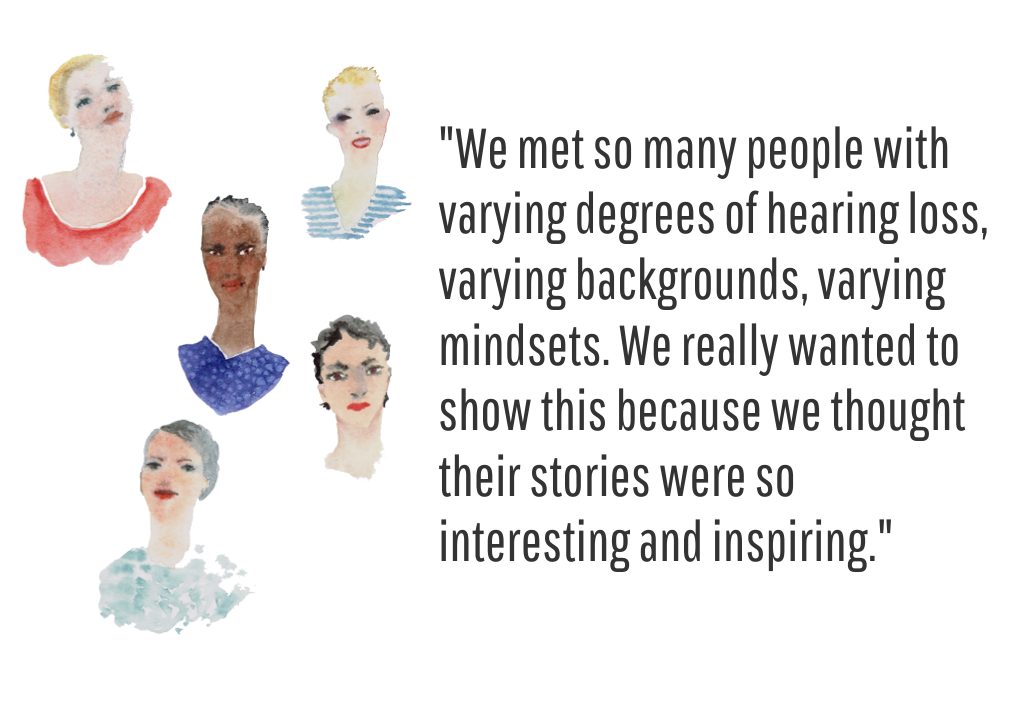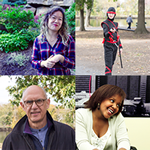Faces Behind the Screen: Jari Hazelebach, SpeakSee
Quick Links
<< Return to all “Faces Behind the Screen” stories
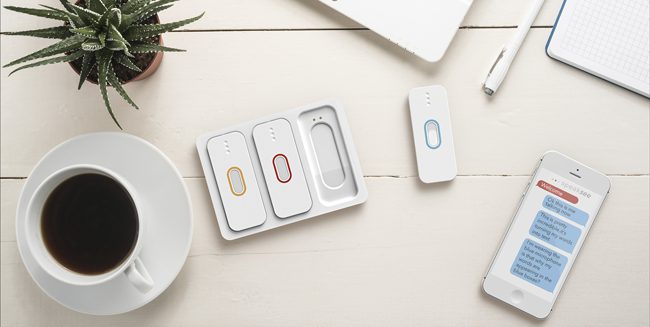
Jari Hazelebach is a Dutch entrepreneur who is changing the conversation around hearing loss. Literally.
Jari grew up with Deaf parents, which gave him first-hand experience to the difficulties some d/Deaf people experience when following group conversations.
His experience inspired him to start SpeakSee, a game-changing speech-to-text device that is helping hearing and non-hearing people have more natural conversations.
So tell us, what inspired SpeakSee?
JARI HAZELEBACH: Both of my parents are deaf. And for people who were deaf, including my father, for example, it’s really hard to follow particularly group conversations.
For people who are completely deaf, group conversations are most challenging. For people who still have residual hearing and can rely on their hearing still, it’s primarily situations with background noise.
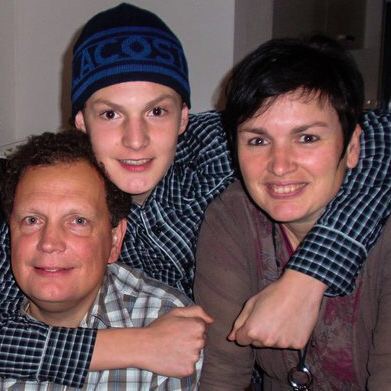
However, my father wasn’t really comfortable with that because he didn’t want to take another person into the room since the information that was being shared was confidential.
So we were thinking of ways for how he could be included in business meetings again.
So, we thought of speech recognition.
Long story short, I think my parents inspired me. I wanted my father to be able to follow business meetings again. And my mother, who is a very social person, I wanted her to be able to hear all the small details in a conversation, especially with our family.
How did you develop the device for SpeakSee?
JARI HAZELEBACH: So, we did an experiment. We tried using the standard speech recognition on smartphones to see if it could separate all speakers and transcribe them expertly into text so that my father could follow the conversation.
It didn’t work out well because speech recognition doesn’t work that well for group conversations.
Then, I came across another startup based in the USA. They were also working on speech recognition, and they also had a product for d/Deaf and hard of hearing.
So I joined their team for three months. But there were a couple limitations to what they were offering because many people were interested in a solution that used speech recognition for the d/Deaf and hard of hearing, but not many people were using this particular product repeatedly.
I asked myself, “How could it be possible that so many people were interested, but were not using the product recurringly?”
I figured out that many people with hearing loss, like my father, feel a barrier to having to ask others to adapt to them. So, in this case, everybody needed to install the app on their smartphone.
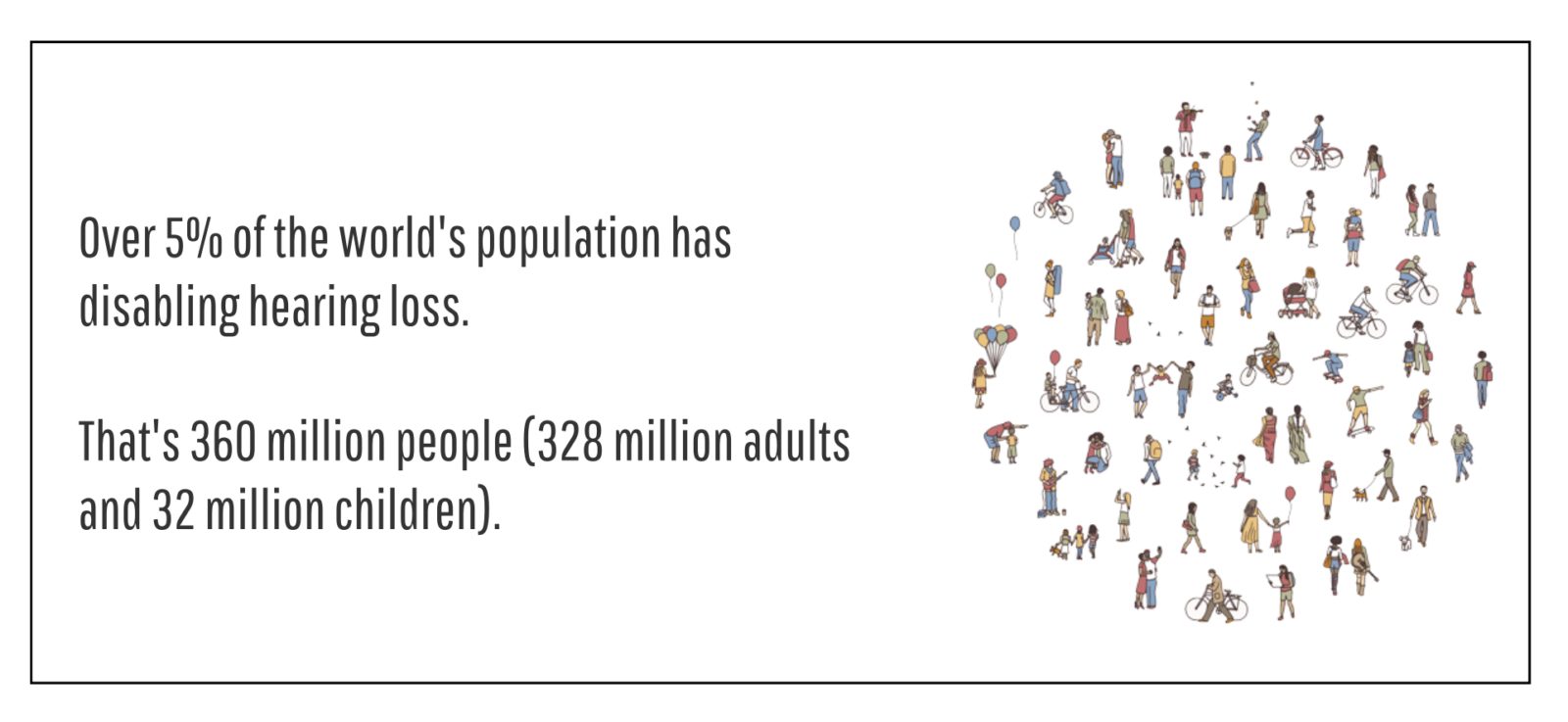
By doing it that way, the emphasis really gets put on the hearing loss, as opposed to just a group conversation.
That’s when I started thinking, “OK, we need microphones that can just be handed out, whereafter the conversation can start right away.”
And the response [to SpeakSee] has been really positive, especially from the people that we’ve been speaking to with varying degrees of hearing loss.
People really like the fact that it’s easy to set up, and that you can just hand out the microphones and the conversation can be started.
How does SpeakSee work and who can use it?
JARI HAZELEBACH: SpeakSee is a kit of microphones that someone with hearing loss can distribute to conversation participants in business meetings, family dinners, but also in one-on-one situations, lectures, and situations with background noise, like restaurants, allowing them to be included in conversations again.
When the microphones are handed out, the microphones are positioned close to the mouth. Every speech is captured then transcribed into text in less than a second. Then the d/Deaf or hard of hearing person can read a color-coded transcript of who says what. See, every microphone has a color on it, and the text will appear in different colors, depending on who’s speaking.
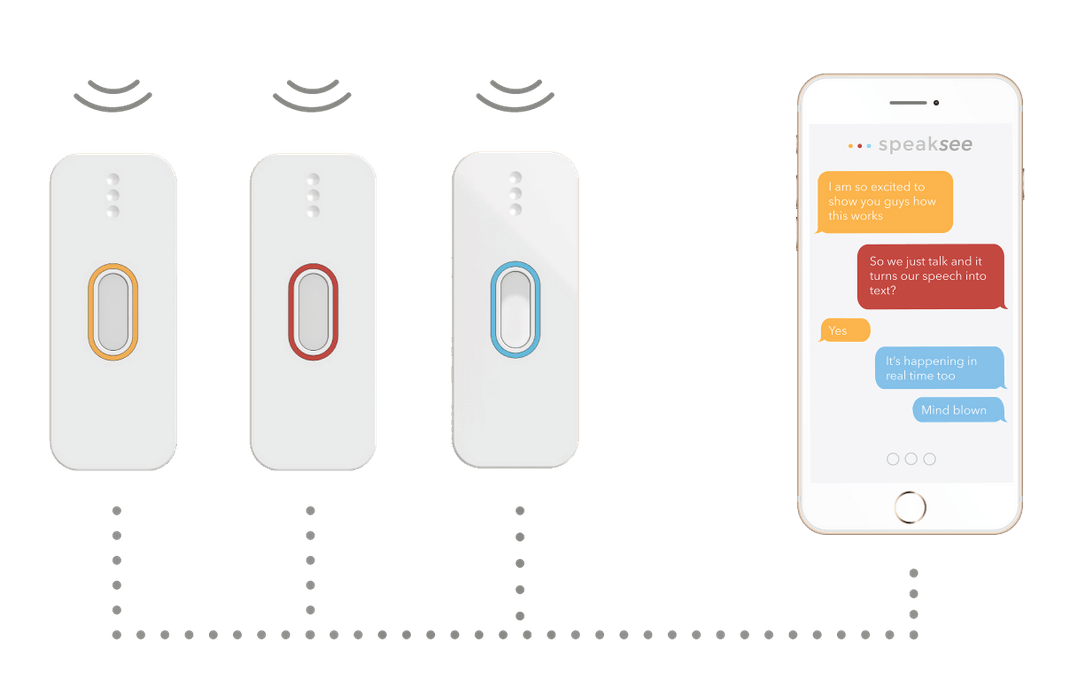
Since starting SpeakSee, what has been the best thing about the journey?
JARI HAZELEBACH: For me, I think it all revolves around people.
I’m really happy to have met the people who are now part of the SpeakSee team that are really intrinsically motivated to change the world for the better and help the people around us to be included in conversations again.
I’m also really lucky and happy to be able to meet the people within the hearing loss community. They are all from different kinds of backgrounds and varying degrees of hearing loss, some people have come to terms with their hearing loss. Some people haven’t. Some people try to hide it. Some people are very expressive with it.
It’s been interesting to see that. I’ve learned that happiness is not something determined by external factors, but it’s something that you can develop, and that even if you have a hearing loss, your mindset is what determines if you’re happy or not.
Most of the people I’ve met with hearing loss have come to terms with their hearing loss, and accepted it, and integrated it into their lives, made it part of their identity.
Tell us more about Humans with Hearing Loss. What is the mission of the project?
JARI HAZELEBACH: We met so many people with varying degrees of hearing loss, varying backgrounds, varying mindsets. We really wanted to show this because we thought their stories were so interesting and inspiring.
The first thing is for us to have the stories shared with other people with hearing loss so that they can be inspired, maybe find it insightful to hear how other people cope with different situations.
The second thing is to raise awareness about hearing loss and to take away the misconceptions that hearing people have. Hearing loss is invisible. And so many people have it.
It’s not like glasses where everywhere you go, you see glasses around you. Hearing loss is different. Only 15% to 20% of all people with hearing loss wear a hearing aid, but you also don’t really see hearing aids, so you don’t get reminded that someone may have hearing loss.
With hearing loss, there is also sign language. But only a very small part of people with hearing loss actually use sign language. As a result, there is still a huge stigma when it comes to hearing loss.
But it’s really in the head of the person with hearing loss that he or she thinks that they cannot ask for help. That’s, I think, mainly because of the stigma that exists and these negative associations that people have with hearing loss.
So, if the stigma is reduced, it will also be easier for people with hearing loss to come to terms with it, to just express it.
You mentioned a little bit about sign language, growing up, did your parents use sign language?
JARI HAZELEBACH: My parents can use Dutch sign language. However, they raised me without sign language. They raised me just by reading my lips.
What helps is that my parents are very verbal, so I don’t have to rely on sign language to understand what they are saying.
They do sign with each other, and they are also part of the d/Deaf community, so they sign a lot with friends.
But as my parents are getting older, I also find it important to learn sign language. I’m learning it myself, step-by-step right now.
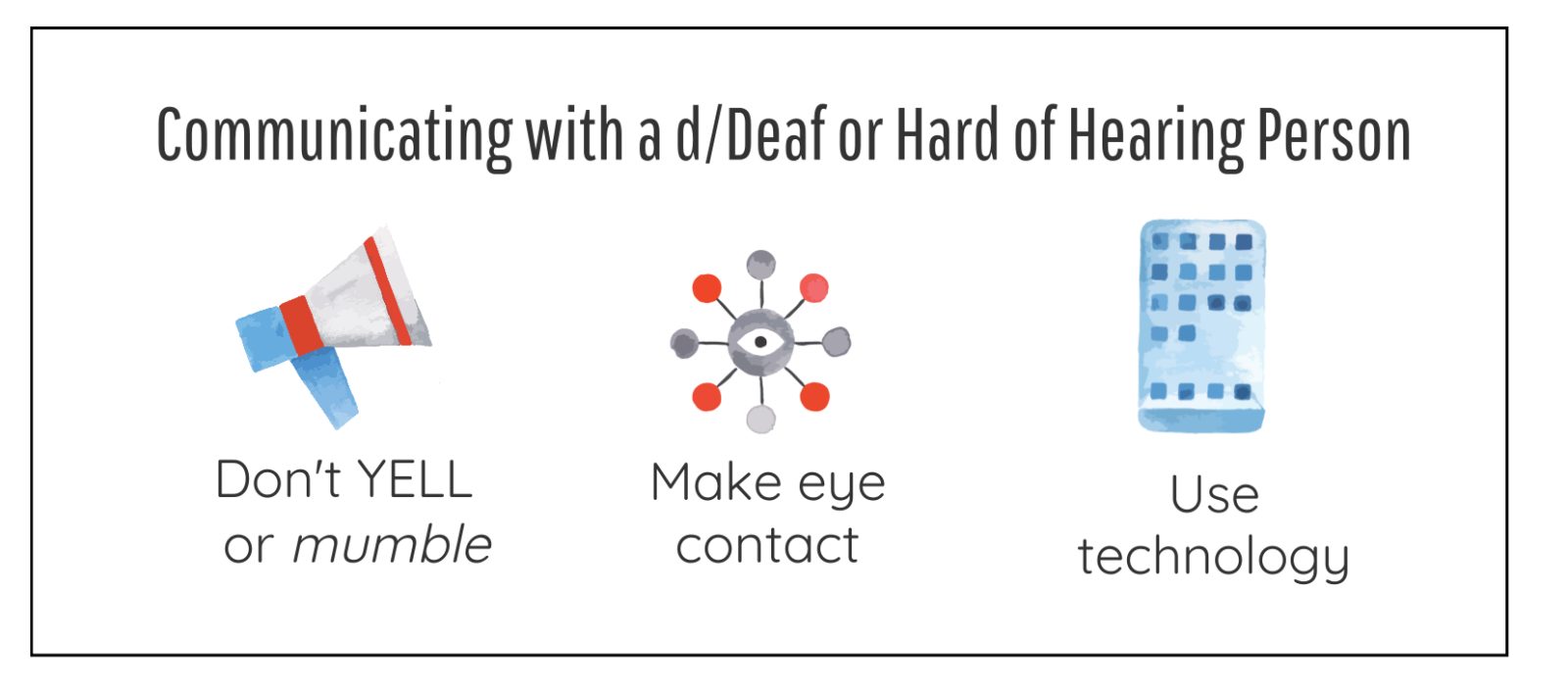
How do you feel technology helps or hurts d/Deaf people’s ability to communicate?
JARI HAZELEBACH: Technology has had an impact on d/Deaf culture. What we’ve seen so far, is that it has further strengthened the d/Deaf community. Because now technology is helping people with hearing loss to communicate.
This has resulted in an even bigger awareness for people who are culturally Deaf.
I think our own technology at SpeakSee is by no means a threat for people who use sign language because we try to provide a tool to assist d/Deaf people to communicate with other hearing people who can’t use sign language.
It is by no means a replacement of sign language because I think sign language for people who are d/Deaf is the best language that we can speak. If the entire world, from one day to the other, would start speaking sign language, that would be the best thing.
Unfortunately, that’s just not going to happen very quickly, so we need to come up with other solutions to bridge the gap between hearing people that don’t sign and d/Deaf people who sign or don’t sign.
Do you think the Netherlands, as a country, is progressing in a mission for greater inclusivity?
JARI HAZELEBACH: I do know that, for example, sign language is not yet fully recognized as one of the languages of the Netherlands, where ASL, for example, is recognized in the United States. It’s a practical thing that could be improved here, in my opinion.
A positive thing about the Netherlands is that they are forcing big corporations to include disabled people in the workforce. So I think that we are making steps in the right way in our country, but there is more to do.
I think it’s all about understanding each other’s perspectives and being able to empathize with other people. If we can do that a little bit more, as a society, then I think improvements will follow.
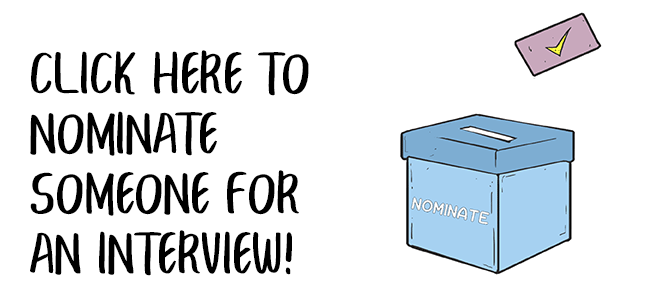
Faces Behind the Screen is a storytelling project focusing on members of the Deaf and hard of hearing community.


